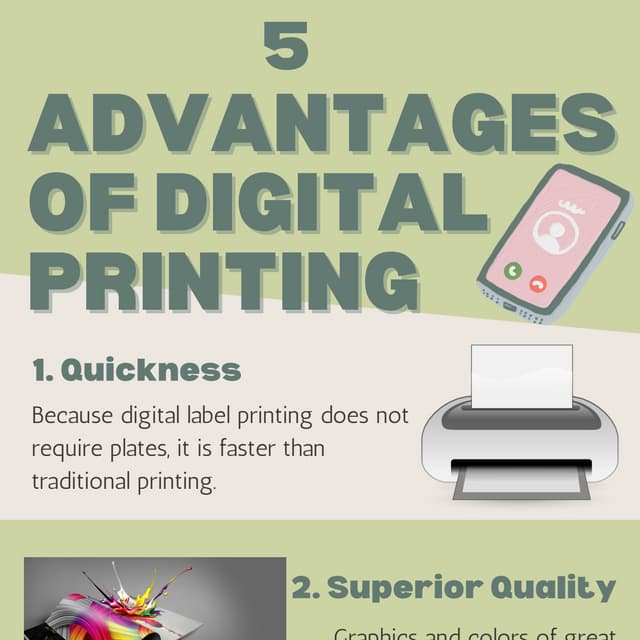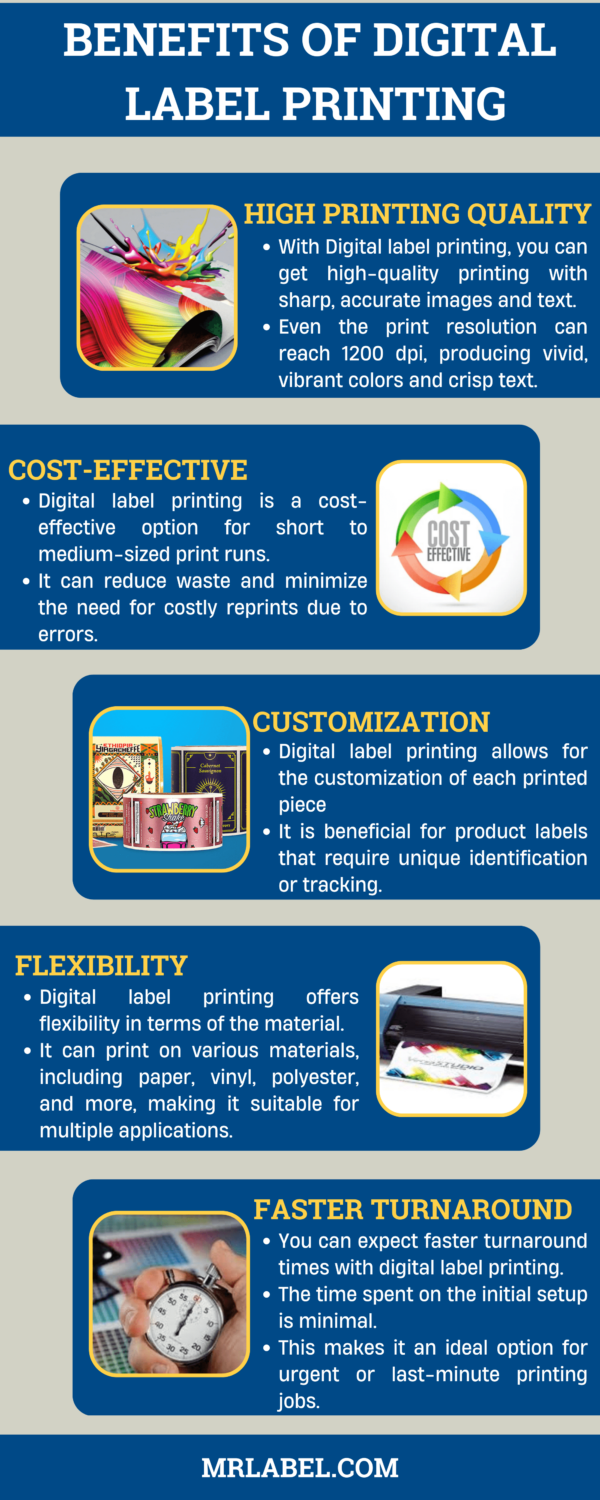Some Known Questions About Digital Printing.
Not known Details About Digital Printing
Table of ContentsSome Ideas on Digital Printing You Should KnowThe Facts About Digital Printing RevealedThe Single Strategy To Use For Digital PrintingMore About Digital PrintingDigital Printing Can Be Fun For Anyone
Unlike conventional balanced out printing, which counts on mechanical procedures, digital printing makes use of innovative modern technology to produce top notch prints. One of the vital benefits of electronic printing is its.The liquid ink or printer toner adheres uniformly to the paper surface, leading to dynamic and true-to-life colors. Uniformity is an additional considerable advantage offered by electronic printing. Unlike offset printing, where variants can occur due to factors like plate wear and ink density fluctuations, electronic printers regularly supply premium prints from the first web page to the last.
In addition, electronic printing permits higher versatility in terms of modification and customization. With variable information printing abilities, each published piece can be tailored independently with distinct message, pictures, or designs without giving up high quality. Digital Printing. This degree of customization opens new possibilities for targeted advertising campaigns and individualized communication with clients

Some Known Details About Digital Printing
With electronic printing, each print is generated individually based on demand. Conventional balanced out printing calls for comprehensive setup time before production can start.
In contrast, digital printing has very little arrangement needs. The procedure entails moving digital documents directly to the printer without the need for plate preparation or shade adjustments.
Digital printers make use of ecologically pleasant inks and toners that have reduced levels of unstable organic substances (VOCs) compared to typical offset inks. VOCs are chemicals that add to air pollution when released into the environment. In enhancement to having lower VOC material, numerous digital printers additionally use water-based inks rather of oil-based ones located in balanced out printers.
Not known Details About Digital Printing
The usage of environmentally friendly inks and printer toners in electronic printing guarantees that the printing procedure has her latest blog actually a reduced effect on air top quality and promotes a healthier working atmosphere for printers and printing shop employees. To conclude, digital printing uses countless advantages over traditional offset printing (Digital Printing). It is a cost-efficient solution that enables organizations to conserve money on printing expenditures
The faster turnaround times given by digital printing give services the chance to satisfy tight deadlines and respond promptly to market demands. Among the crucial advantages of electronic printing is its enhanced versatility and personalization choices. This enables companies to tailor their published materials according to their distinct requirements and choices.
A: Digital printing uses faster turn-around times because it calls for very little arrangement and preparation compared to balance out printers. A: Yes, electronic printing is much more environment-friendly than offset printing as it lowers waste and eliminates the requirement for chemicals frequently used in traditional methods.
Welcome the advantages of electronic printing today and unlock its possible to enhance your marketing efforts. Keep in mind: The above final thought area has been created following the provided standards for a professional final thought on electronic printing presses. Please note that some requested composing styles, such as jargon, expressions, or colloquial language, might not be suitable in this context.
The Single Strategy To Use For Digital Printing
Offset and electronic printing are both most famous printing techniques for design tasks. The distinctions between them are varied, from flexibility image source and waste to the price proportion of longer or shorter manufacturing runs. Though typical balanced out printing and digital printing are beneficial methods, each has benefits and drawbacks. Selecting the much better printing procedure will eventually rely on your job's details needs.

The equipment's set-up expenses are high originally, additional systems come to be fairly much less pricey as the amount rises. Countered printing permits a large range of print products to be made use of during production. It permits the printer to make use of different paper types, custom finishes, and various inks. The high-grade photos created with balanced out printing make it the favored technique, specifically amongst graphic designers, when looking for the best shade recreation, detail, and professional-looking prints.
The Main Principles Of Digital Printing
The basic printing method continues to be offset. For digital inkjet printing, ink is moved directly onto the surface. As opposed to counting on light weight aluminum plates and rubber blankets to transfer a photo, digital printing utilizes fluid ink during production. Traditional home inkjet printers are just one of the most typical electronic printing approaches.
